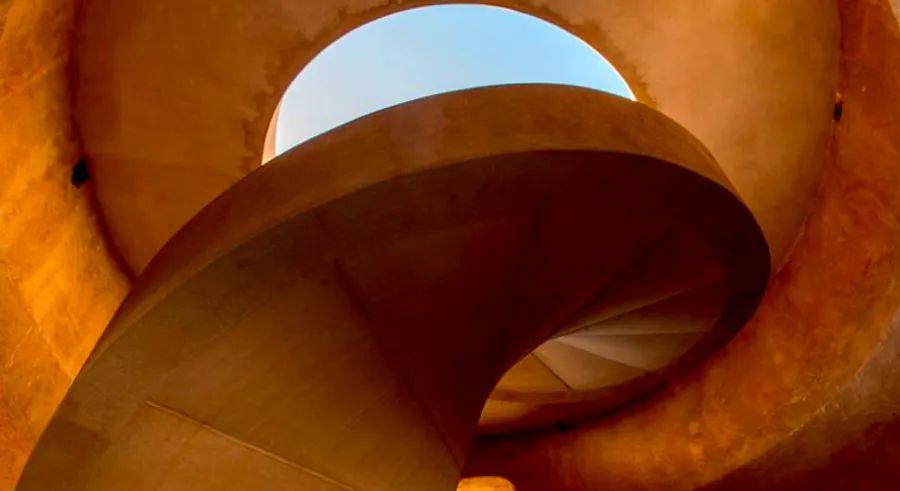Al Zubarah: The Lost Port, a doorway to Qatar's history

Just an hour's drive from Doha’s glowing skyline, the sand-dusted ruins of a once-thriving port offer a captivating glimpse into life in the Arabian Gulf centuries ago.
Located in northwestern Qatar, roughly 100 kilometers from Doha's modern skyline, the abandoned town of Al Zubarah was once a bustling pearling and trade center during the 1700s and 1800s.
Founded by merchants in the mid-18th century, this heavily fortified town quickly grew into a key international hub, with maritime trade links stretching to distant eastern and western regions.
“Al Zubarah wasn’t just a local port,” says Professor Thomas Leisten, acting chief archeology officer at Qatar Museums. “In the late 18th and early 19th centuries, it served as a global center, with trade connections reaching as far as Iran, India, China, East Africa, the Netherlands, and Britain.”
At its peak, Al Zubarah is thought to have had a population of up to 9,000 people, with the town stretching over 1.4 kilometers along the coastline, according to archaeologists.
The town was carefully designed with a rectangular street grid, featuring grand palaces—some spanning over 10,000 square meters—stone-walled courtyard homes, mosques, as well as fishermen’s huts and industrial zones.
Archaeological Discoveries
In addition to pearl harvesting and long-distance trade, Al Zubarah thrived economically through the large-scale production of date molasses, which was used for sweetening and preservation. To date, archaeologists have uncovered nearly 40 date presses.
After several attacks, the town was largely destroyed in 1811 and abandoned by the early 20th century. The remaining structures gradually crumbled, eventually covered by a thick layer of sand from the surrounding desert, which preserved the ruins over time.

Today, the coastal archaeological site, covered in tiny seashells, includes the remains of the town, with ongoing excavations; the ruins of Murair, a neighboring settlement built to protect the town’s vital inland wells; and Al Zubarah Fort, the site's most notable landmark.
The impressive fort, constructed in 1938, served as a military and police post for many years. It now operates as a visitor center, where tourists can explore Al Zubarah’s rich history through interactive touchscreens and an educational film showcasing the artifacts discovered on-site.
“It’s a very fascinating place, well-preserved, and offers a wealth of information,” says Miehe van den Brandt, a 76-year-old visitor from the Netherlands, referring to the fort.
UNESCO World Heritage Site

In 2009, Al Zubarah was officially declared a protected zone, and just four years later, it was included in the UNESCO World Heritage List, becoming Qatar’s first entry.
“Al Zubarah is poised to become a major tourist attraction in the future,” says Leisten, as he highlights ongoing efforts to preserve the site from the harsh desert and coastal conditions, while preparing it for future visitors.
“One of the main challenges at Al Zubarah is preserving the delicate ruins. This is why only small-scale excavations have been carried out so far,” he explains.
“We are planning to construct a 2.5-kilometer boardwalk that will guide visitors through the main sites. The experience will be enhanced with augmented and virtual reality panels to provide information and bring the site’s history to life.”

1

2

3

4

5
Evaluation :
5/5